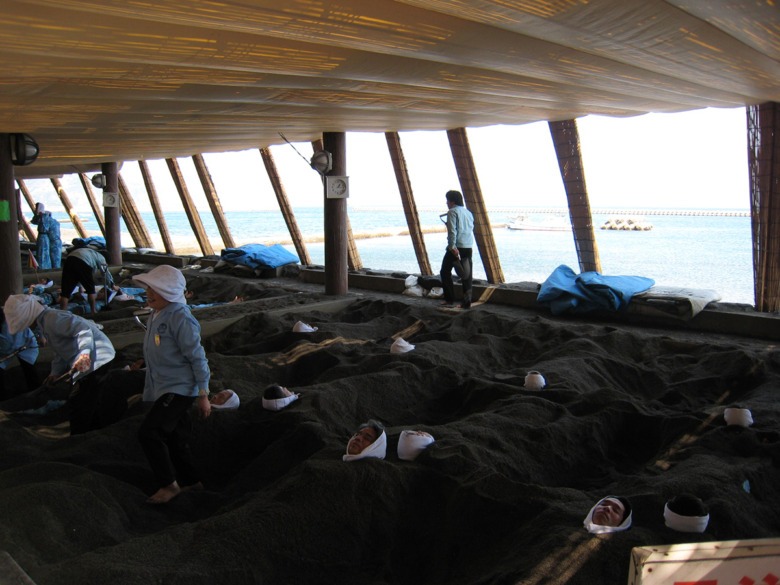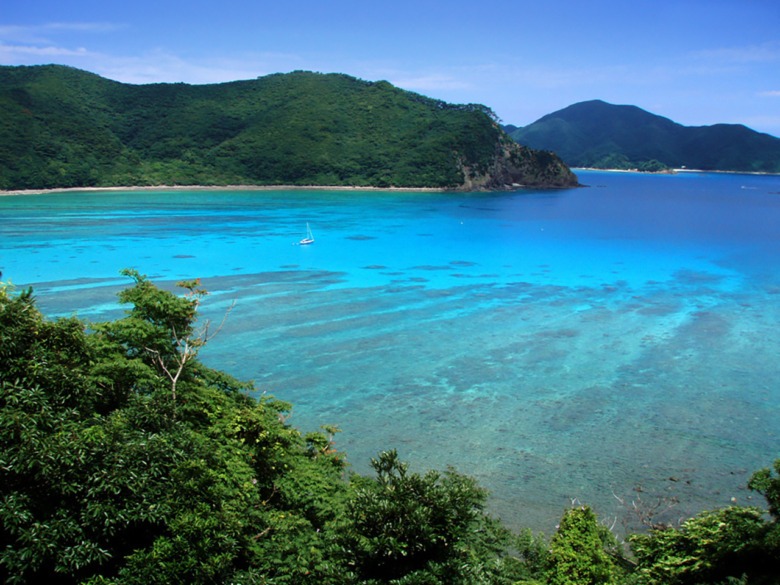
The Land of volcano and the Satsuma Spirit

Kagoshima city and sakurajimasakurajima
Kagoshima Prefecture stretches across Japan’s southernmost reaches, dominated by the majestic Sakurajima volcano whose active presence has shaped both landscape and character. This dramatic geography has forged a distinctive regional identity, embodied in the people known as “Satsuma Hayato” (men renowned for their bravery and strong will) and “Satsuma Ogojo” (women celebrated for their inner strength, exemplified by historical figures like Lady Atsuhime).
The unique Kagoshima dialect preserves features of ancient Japanese, reflecting the region’s role as a cultural crossroads. Here, volcanic soil and warm southern climate have created an environment where both nature and human character flourish with particular intensity, shaped by centuries of dramatic history including the pivotal role Satsuma played in Japan’s modernization.
Natural Wonders and Cultural Treasures
Yakushima Island, a UNESCO World Natural Heritage site, captivates visitors with its mystical ancient forests housing the millennia-old Joumon Sugi (Ancient cedar Cryptomeria japonica D. D.). The island’s primeval atmosphere inspired Studio Ghibli‘s “Princess Mononoke,” making it a pilgrimage destination for nature enthusiasts and cultural explorers alike.
Ibusuki Onsen ( Hot Springs ) offers the unique “sand bath” experience, where visitors are buried in naturally heated volcanic sand. This distinctive therapy attracts travelers seeking both relaxation and cultural authenticity. The Amami Islands contribute their own magic with crystal-clear waters and endemic species habitats, while hidden gems like the refined Chiran Samurai Residence Gardens and Mount Kaimondake (known as “Satsuma Fuji”) provide quieter but equally rewarding discoveries.

Ibusuki Sandbath
Culinary Heritage Rooted in History
Kagoshima’s culinary landscape tells the story of Japan’s agricultural history through its signature ingredients. The region’s famous sweet potatoes gave their name – “satsuma-imo” – to the vegetable throughout Japan, commemorating the historical Satsuma domain. These volcanic-soil-grown tubers produce the distinctive sweet potato shochu, an alcoholic beverage with complex flavors that capture the essence of the land.

Satsuma-imo (Sweet potato) yakiimo

Satsuma kurobuta shabu-shabu

Satsuma age
The prized “kurobuta” black pork represents centuries of careful breeding, known for its exceptional texture and rich flavor. Meanwhile, the fish cakes known nationwide as “satsuma-age” are called “tsuke-age” by locals, reflecting their authentic regional identity. This terminology traces back to influences from Ryuukyuu(Ryukyu) Kingdom culinary traditions, demonstrating Kagoshima’s historical role as a cultural bridge between Japan and Southeast Asia.
Musical Legacy: From Personal Memory to National Treasure
Perhaps Kagoshima’s most profound cultural contribution lies in its musical heritage, particularly “Ware wa umi no ko” (I am a child of the sea), one of Japan’s most enduring school songs. Koichiro Miyahara, who is widely believed to be the lyricist, was born in Kagoshima City and spent his formative years beside Kagoshima Bay (Kinko Bay). His childhood memories of watching light dance on the bay’s surface while listening to the eternal conversation between wind and waves are thought to have deeply influenced this masterpiece.

The song’s opening lines, “I am a child of the sea, of white waves,” and its reference to “listening to waves as a lullaby,” transform personal experiences into universal poetry. Originally, the complete lyrics expressed the wartime ideal of “children of the sea” as future soldiers of Japan’s maritime nation, with verses celebrating dreams of military service. However, these militaristic sections were removed after World War II, leaving the pure, poetic connection between child and ocean that resonates across generations.
This transformation reflects Japan’s broader cultural evolution, yet the song’s enduring power lies in its ability to connect individual memory with collective identity. “Ware wa umi no ko” demonstrates how deeply personal experiences of place can transcend their origins to become part of a nation’s musical consciousness, bridging the gap between Kagoshima’s volcanic landscapes and Japan’s shared cultural memory.
Complementing this is “Ohara-bushi,” a traditional folk song that energizes annual festivals, where communities celebrate their unique heritage through music and dance, maintaining the living tradition that connects past and present.



